Khaki Weed (Alternanthera caracasana) is a perennial weed from tropical America that has invaded the southern U.S. at an alarming rate. Because it has a tremendous tap root, it is difficult to control in its mature stage.
First, let’s be sure to identify this pesky weed correctly. It is often confused with a native groundcover called Horseherb.

Khaki weed grows close to the ground and branches out like spokes on a wheel from a central stem coming from a taproot.
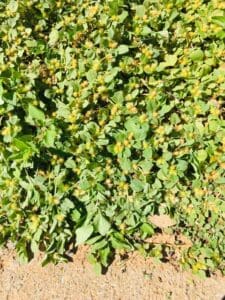
Khaki weed has distinctive “burs” that do not look like flowers at all. They begin flowering and producing burs at a young age.

Khaki weed is often confused with Horseherb, Calyptocarpus vialis, which is a native ground cover with yellow flowers.
Horseherb is native, does not have burs and can actually make a great lawn substitute. It is quite drought tolerant, grows in sun or shade and is pollinator friendly.

Here are the two, side by side. Horseherb on the left and Khaki weed on the right.

The best control is to not let the plant go to seed. You can use a hoe or a shovel to remove the plant. If it does go to seed, pre-emergent control can be effective. The product Isoxaben has proven to be effective if applied in the early spring (February) at the rate given on the label and watered in with 1/2″ of water to activate. Fertilome Broadleaf Weed Control with Gallery contains the active ingredient Isoxaben. As always, follow label directions exactly.

Since Khaki weed is a perennial weed that comes back from the roots every year as well as from seed, the plant itself will need to be eradicated.
There are several ways to approach eradication of this weed. Using a hoe or shovel to physically remove the plant, using an organic “burn back” product as listed at the end of this article, or using a selective or non-selective post-emergent herbicide to kill the plant. All of this is more easily accomplished when the plant is young and just emerging in mid to late spring.
DO NOT APPLY ANY HERBICIDE IF THERE IS ANY WIND AT ALL!
DRIFT FROM HERBICIDES TO NON-TARGET PLANTS AND TREES
CAN CAUSE IRREPARABLE DAMAGE.
Trimec is a three-way herbicide selective post-emergent herbicide that has Dicamba and two other selective post-emergent herbicides that won’t harm grass if applied according to directions. NOTE: Application of a selective broadleaf herbicide will harm lawns if applied when the lawn is just emerging or when temperatures are high. Follow label directions exactly to avoid injury to lawn.
Herbicide applications works best on young plants just after they have emerged from the seed or are coming back from the roots. It is best used in a lawn with no trees or ornamental plants nearby. Do not apply under the canopy of trees or where herbicide drift will hit the trunk of a tree or any other desirable plant. (Fertilome Weed Out)
If ornamentals are present, a product with 2,4-D alone is probably the best way to go. Again, follow label directions exactly to avoid injury to lawn and other plants nearby. The active ingredient 2,4-D is a selective post-emergent herbicide for broadleaf plants. It WILL harm any broadleaf plant it comes in contact with. Tree trunks and exposed roots of trees are quite susceptible to damage. Use of a non-ionic surfactant (either a “spreader sticker” or a teaspoon of dish soap in a gallon of solution) will greatly increase the penetration and uptake of the herbicide. Again, it works best on young plants. Do not use when lawn is emerging or when temperatures are high.
SELECTIVE POST EMERGENT HERBICIDES MAY TAKE WEEKS TO SHOW EFFECTS. YOU WILL NOT SEE IMMEDIATE EFFECTS!
DO NOT REAPPLY EXCEPT ACCORDING TO LABEL DIRECTIONS. BE PATIENT.
Glyphosate (Round Up) can be sprayed directly on the weed. It is useful in areas where there are no other plants growing, or if the weed can be targeted without other desirable plants affected, as it will kill any type of plant that it contacts. Visible signs of yellowing will occur within 7 days, but do not disturb the weed for 2 weeks to allow time for the translocation of the chemical to the roots. Follow label directions exactly and remember this is a NON-selective herbicide. It will kill whatever it is sprayed on or the spray drifts to.
Because of its strong taproot, repeated sprays will likely be necessary, on an annual basis, and will be most effective in the seedling stage. Follow label directions exactly for rates and repeat applications.
If you prefer to go the organic route, “burn back” products may be used, but persistence will be needed here as well. For info on using Horticultural Vinegar click HERE.
For info on using Bonide Captain Jack’s products click HERE.
These pesticide recommendations are for information use only and do not replace information regarding use on product label.
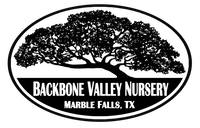
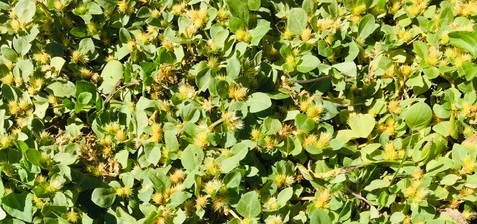
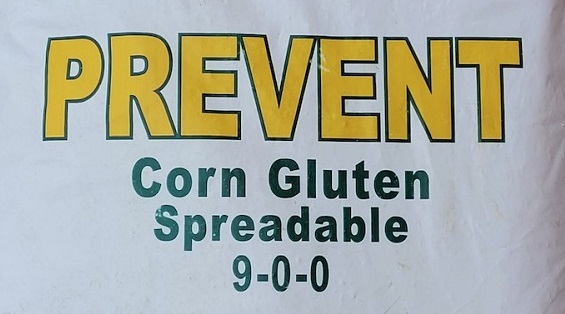
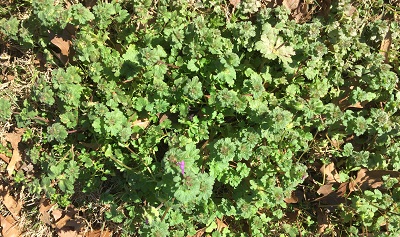
Evidently the Khaki Weed (clover stickers) has taken over our fenced in large back yard. We have numerous trees and beautiful flowering plants (as well as the septic system) in this yard which is also where our dogs frequent. Could you recommend a product (other than Round-Up) to use to kill out that invasive spreading weed that won’t harm our pets or septic system? Thank you.
Khaki weed is difficult to control, even with chemical forms of herbicide. Organic methods will work better if they are timed correctly and applied correctly. An organic non-selective post-emergent option is: 1 gallon of 20% Horticultural Vinegar + 2 tablespoons orange oil + 2 tablespoons Dawn liquid.
Do not dilute the vinegar. This would need to be repeated many times on the new growth in the spring, as it is a “burn back” only control-it will not translocate to the roots and kill the roots. If you “burn back” enough times the plant cannot produce carbohydrates to survive.
Organic pre-emergent control for the seeds would be Corn Gluten, applied at the rate of at least 20#/1000 sq.ft. Corn gluten should be applied in early spring, just before the seeds are expected to germinate. It must be watered-in with 1/2″ of water, then NO WATER should be applied for at least 5 days. No irrigation, no rain. I hope this helps.